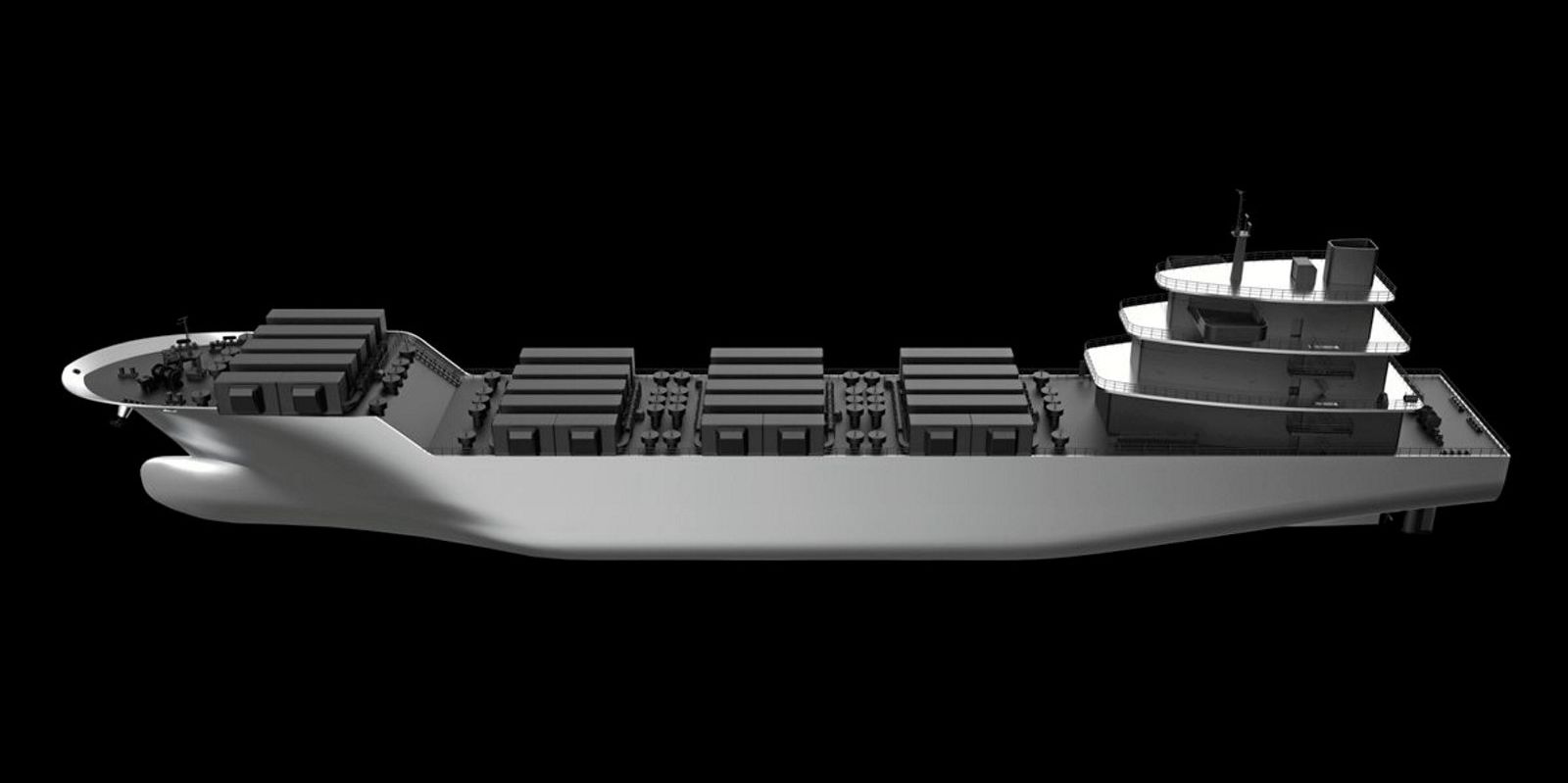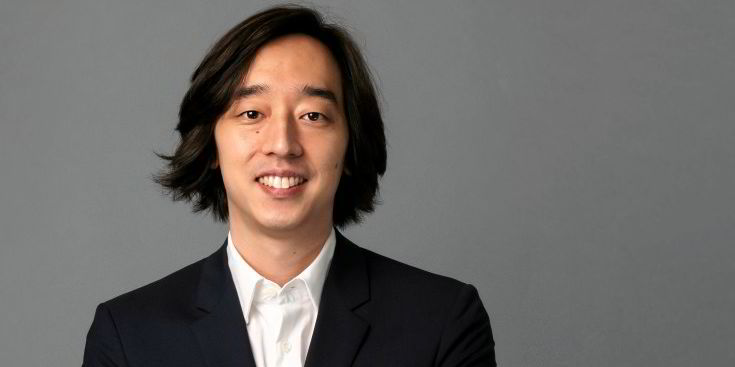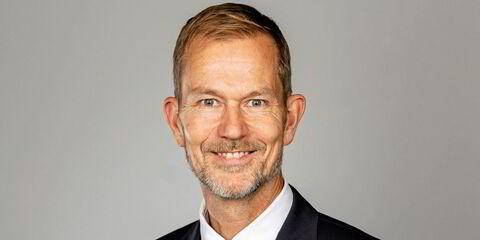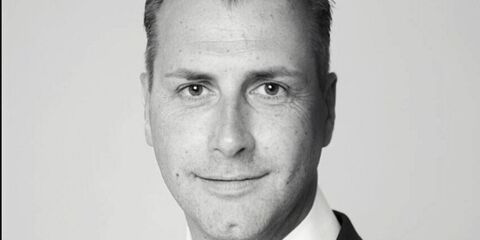Masahiro Ito made his name by bringing revolutionary digital business ideas to the online fashion retail market.
He is now applying that innovative business spirit to help the world decarbonise through shipping.
As a 17-year-old in 2000, Ito launched his own digital technology company, Yappa, which developed user interface technology.

Fifteen years later, it led him to the position of chief executive at fashion giant Zozo, where he developed innovations such as body measurement technology applications to achieve a perfect fit even for clothes bought online.
The world of online fast fashion seems miles away from his current position as chief executive of PowerX.
His latest venture involves developing technology to transfer renewable energy generated at offshore wind farms in a “battery tanker” to shore. Shipping purists might argue that the electric-powered battery tanker has more similarities with a container ship.
It carries batteries in modular battery units that are purpose-built for shoreside uses such as charging cars.
The ultimate goal is to use battery tankers to create an international shipping network that will turn the world’s oceans into a power grid for the transportation of renewable energy.
So how did the idea come to him?
“During my last few years at Zozo, we began working on sustainability efforts at the company,” he tells TW+. “As an online fashion e-commerce platform, the company’s carbon footprint predominantly was from the electricity its data centres and logistics centres were using.
“Until then, I hadn’t realised that over 40% of Japan’s total CO2 output is derived from electricity, and that the country’s power is predominantly powered by fossil fuels.”
Japan is focusing its national decarbonisation strategy on solar and offshore wind. However, because of seismic activity and sea depth, there is a problem with installing high-voltage underwater cables.
“Having learned this, I came up with the idea for a ‘battery tanker’ — a battery vessel designed to transfer electricity from these offshore windmills back to shore,” he says.
“I was captivated by the concept and with the potential social impact the battery tanker would have, and took a deep dive into batteries, energy and shipping, leading me to decide to leave Zozo and start PowerX.”
The concept has had its detractors. Question marks have been raised over the power loss involved in transporting energy in batteries, as well as doubts about cost.
However, 2½ years down the road from setting up the company, progress has been rapid. PowerX has already raised more than $100m from investors.
The first battery tanker is planned for 2025, with Imabari Shipbuilding starting work on building the prototype.
PowerX has built its battery assembly factory using a site at Mitsui E&S Group’s former Tamano Shipbuilding plant to produce 20-foot container-type battery units.
Shipping giant NYK Group is also on board with the project.
Orders are already coming in. “Our order pipeline is looking good, and we’re all set to grow quickly. We are also expecting to be profitable next year,” Ito says.
The project has been constantly evolving since it was launched. PowerX now envisages decommissioned thermal and nuclear power plants as offloading sites for power.

The battery tanker will have a range of 300km and carry 96 lithium-ion batteries. It has been designed to allow it to be scaled up and increase range as battery technology develops.
At present, PowerX business model is based on providing hardware and technology, rather than trading renewable energy.
The main products include the battery tanker, marine batteries, which will support shipping’s efforts to decarbonise, and electric vehicle chargers.
The battery tanker has the potential to trade outside Japanese waters. Ito believes it can create an international network of renewable energy.
A deal has already been struck with Audi on electric vehicle charging, and PowerX is working with the City of Yokohama on a project to make its port carbon neutral.
Other uses range from powering convenience stores to providing emergency power at the site of natural disasters.
“Everyone needs energy, and that energy needs to be clean and sustainable. I’m excited to see where PowerX can go and look forward to bringing our many ideas to market,” Ito says.



